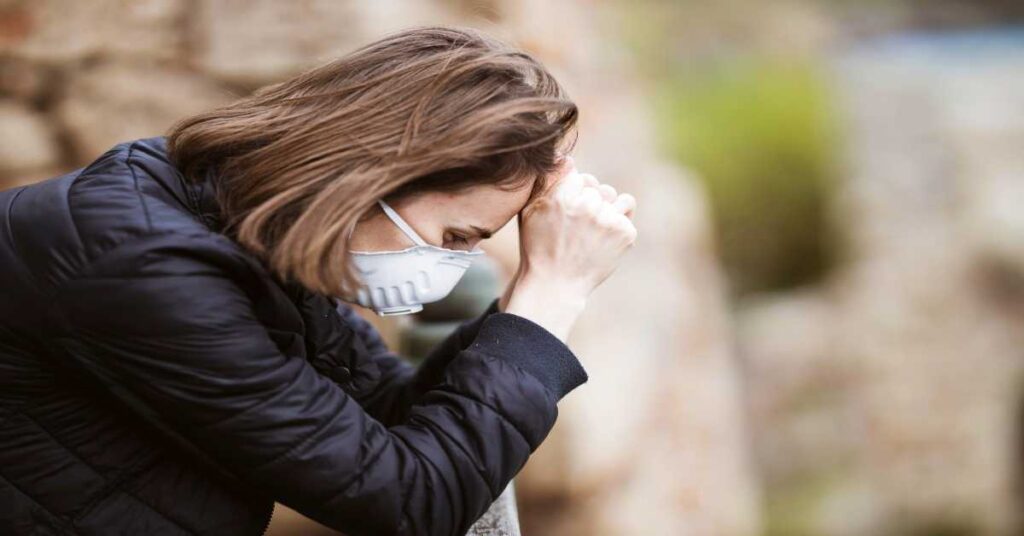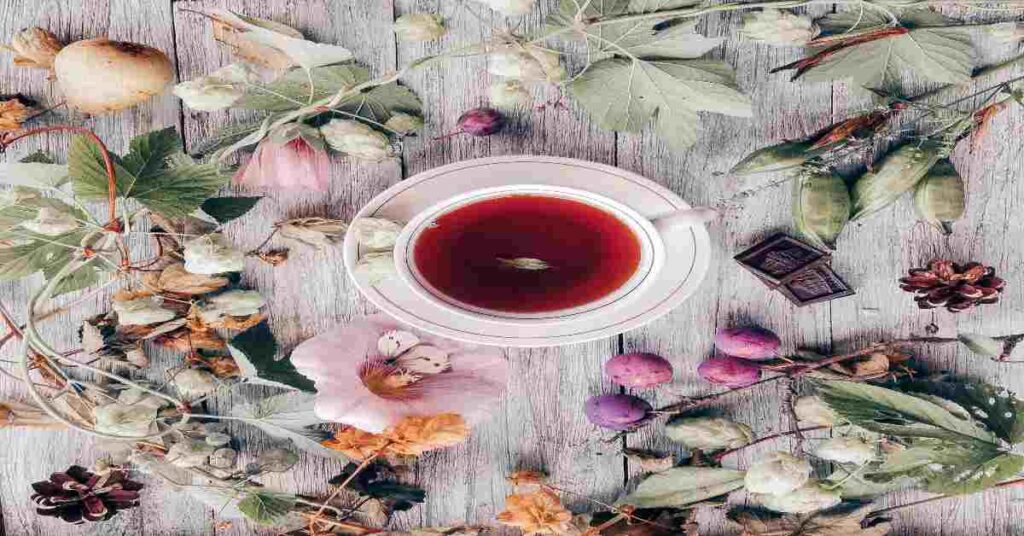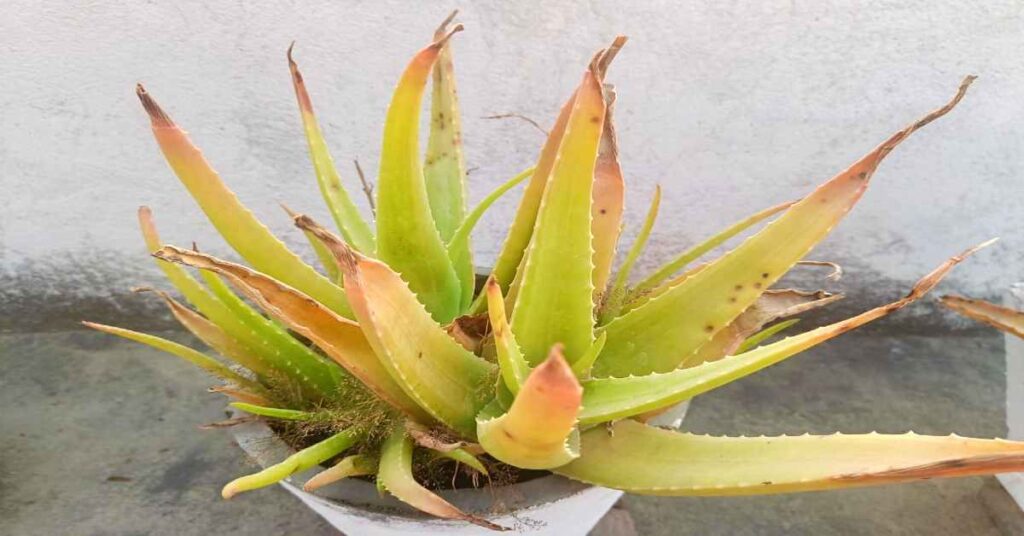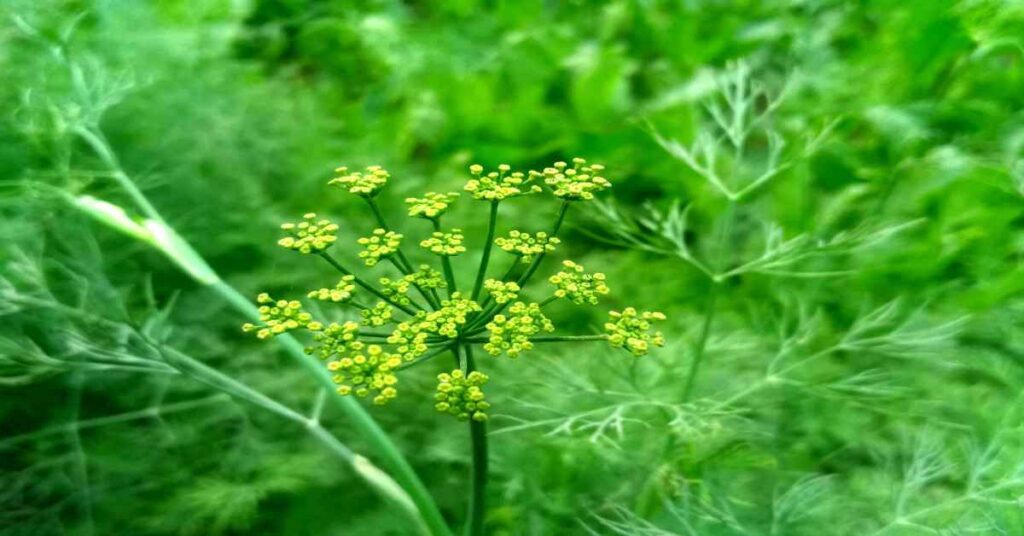What is Nettle?
Urtica dioica L., also known as stinging nettle, is a popular name for a wild herbaceous perennial flowering plant. It is a shrub with edible, medicinal, and nutritional benefits. Various uses of young leaves of nettle; for making curry, herb, and sour soups. Nettle benefits include antiproliferative, anti-inflammatory, antioxidant, analgesic, anti-infectious, hypotensive, and anti-ulcer properties.
Origin of Nettle
Stinging nettle is commonly present in North America, North Africa, Asia, and Europe. Though it can be easily present almost anywhere, and stinging nettles are most prevalent in Europe, North America, North Africa, and some regions of Asia. It is frequently discovered in Nepal’s hills and forests in the wild. Also, Nettles have a variety of culinary names in Nepal, including Sisnu, Sishnu, Lekali, Thulo, Ghario, Bhangre, and Patle. Numerous ethnobotanical studies show that the use of stinging nettle slurry as a fertilizer in organic farming for horticultural products is spreading throughout Spain.
Traditional Nettle Benefits
Traditional use of Nettle as a natural medicine for their curative properties since 2000 years. However, it wasn’t until the early 20th century that its medicinal significance was thoroughly investigated and significantly increased, starting with the identification of the chemical structures of the primary chemically active agents and their pharmacological characteristics. Stinging nettle leaves are frequently use to treat gout, rheumatism, and allergic rhinitis, while the root serves to treat the fictional issues brought on by benign prostatic hyperplasia. Its leaves are rich in fiber, vitamins, minerals, and antioxidants like flavonoids and carotenoids. All parts of the plant(leaves, stems, roots, and seeds) including the sting are beneficial.
It can also avoid cardiovascular disease. Furthermore, nettle has been scientifically shown to be nutritionally beneficial due to its balanced protein content and high mineral and vitamin content. The seeds are commonly used orally for their aphrodisiac and galactagogue properties, and they have also been traditionally used to treat tuberculosis and renal stones. Aphthae, hemorrhoids, scabies, and pruritus are among the external applications.
Description
Stinging nettle is a species of annual plant in the Urticaceae family, belonging to the genus Urtica. The nettle family has 45 genera and 700–1000 varieties worldwide. It is a tall, green quadrangular stalk that has lacunar collenchyma. There can be 12-20 fibrovascular strands. This shrub can grow to a height of about 2 meters. The leaves are opposite, cordate at the base, slightly toothed, dark green above and paler below. The tiny dioecious flowers are brown to greenish and bloom every year from May to September. They grow as racemes in the axils of the upper leaves and are either male or female in distinct inflorescences. The stinging nettle’s fruit is spherical and has tiny, dark brown or almost black seeds inside.
Chemical composition that shows Nettle Benefits
All parts of the plant, including the seeds, leaves, and stems, are medicinally used. Flavonoids, phenolic compounds, organic acids, vitamins, and minerals are all abundant in nettle stems. Lectins, carbohydrates, sterols, and lignans are all present in the root. The liquid found in the nettle’s fibers causes the stinging action. These liquid’s allergic responses may be due to the three substances, including acetylcholine, histamine, and serotonin. It also contains vitamin C and provitamin A.
About 30% of dry mass is typically composed of protein, which includes many amino acids essential to humans. There is a lot of zinc, iron, cobalt, potash, nickel, and molybdenum. Fruit contains Fixed oil: saturated and unsaturated fatty acids. Carotenoids: β-carotene, lutein, and violaxanthin. Polysaccharides. It includes large amounts of water-soluble vitamins like vitamin C and B vitamins as well as the fat-soluble vitamins A, D, E, and K. (B1, B2, B3, B9).
Health Benefits of Nettle Leaf
Part 1- Nettle benefits
- Anti-inflammatory property: The ability of the nettle to reduce inflammation has been previously demonstrated by scientific studies. This results through a variety of mechanisms that result in a decrease in the production of lipid mediators and proinflammatory cytokines. Leaf preparations prevent the production of prostaglandins and thromboxanes by inhibiting the biosynthesis of arachidonic acid cascade enzymes, particularly the cyclooxygenases COX-1 and COX-2.
- Antioxidant property: Reactive oxygen species are readily neutralized by nettle extracts (ROS). Spectrophotometry was a tool to evaluate their antiradical activity against the superoxide anion O2 °-, hydroxyl radical OH °, and nitric oxide radical NO °. Numerous investigations have demonstrated that the 1,1-diphenyl-2-picrylhydrazyl radical is significantly reduced by the methanolic and ethanolic extracts of leaves.
- Antiproliferative property: Numerous studies have shown that nettle root constituents can disrupt a number of the pathophysiological processes that lead to benign prostatic hypertrophy. Lignans from root extract prevent androgens from attaching to their transporter proteins SHBG (Sex Hormone Binding Globulin) as well as from attaching to the membrane receptors of the prostate, preventing androgens from promoting the growth of prostate cells.
- Immune-modulating property: Numerous research suggests that flavonoids can influence the immune system. The aerial parts of the nettle contain compounds called quercetin-3-O-rutinoside, kaempferol-3-O-rutinoside, and isorhamnetin-3-O-glucoside that add to the immunomodulatory activity.
Part 2- Nettle benefits
- Analgesic property: The nettle has been experimentally demonstrated in vivo in rats and mice to have an analgesic impact in addition to its anti-inflammatory action. The aqueous extract of the leaves at a dosage of 1200 mg/kg can reduce thermal stimulation and improve pain tolerance in the hot plate test at 55 °C.
- Antiulcer property: The nettle benefits to defend against gastric ulcers is dose based. At doses of 50 and 200 mg/kg, an aqueous extract of aerial parts protected rodents from gastric ulcers.
- Antibacterial property: Several studies have found the antibacterial properties of various Urtica dioica extracts against various bacterial strains. The aqueous extract of aerial parts inhibited the growth of all nine bacteria studied: Citrobacter koseri, Enterobacter aerogenes, Escherichia coli, Micrococcus luteus, Proteus mirabilis, Pseudomonas aeruginosa, Staphylococcus aureus, Staphylococcus epidermidis, and Streptococcus pneumoniae.
- Anti-diabetic property: Research on diabetic rats found that aqueous extracts of nettle leaves had a hypoglycemic impact. The reduction of glucose absorption in the intestine explains these findings.
- Platelet aggregation property: Numerous studies show that nettle preparations significantly reduce platelet aggregation. Although, the primary substances responsible for this activity are flavonoids.
- Effect on atherosclerosis and Hyperlipidemia: In either a regular or high-fat diet, daily administration of Urtica dioic’s aqueous extract at 150 mg/kg for 30 days resulted in a decrease in serum lipids and lipoproteins.



